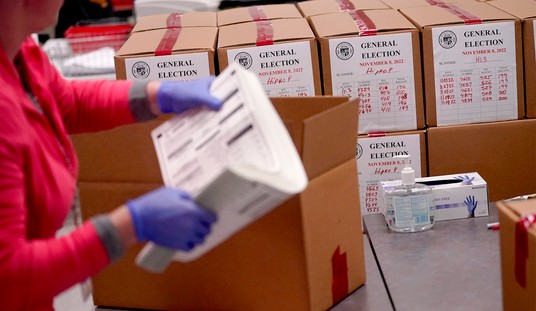On Thursday morning, the U.S. Economy received discouraging news after the Labor Department reported that the cost of living and the initial claims for jobless benefits have both increased. National Journal reports:
The cost of living in the United States rose 0.5 percent in July, according to the Labor Department.The CPI, which measures the change in prices of goods and services, had been expected to rise 0.2 percent after dropping 0.2 percent in June, according to Reuters. The 12-month change remained at 3.6 percent in July for the third consecutive month.
Gasoline costs were responsible for about half of the increase, climbing 4.7 percent after falling for the previous two months. Food costs, led by dairy and fruit, also contributed to the increase. The core CPI, which excludes volatile food and energy items, rose 0.2 percent, in line with economists’ expectations.
On Wednesday, a Labor Department report showed that prices for producers had climbed twice as much as economists expected, led by higher costs for tobacco, light trucks, and pharmaceuticals. The Federal Reserve pledged earlier this month to keep the federal funds rate at rock-bottom levels through mid-2013 to boost economic growth and keep inflation in check. In the same statement, the Federal Open Market Committee noted that inflation had moderated and that its longer-term inflation expectations were “stable.”
But, the central bank added, the “downside risks to the economic outlook have increased.” The Fed said it was prepared to deploy further policy tools “as appropriate” to promote recovery and keep prices stable. The central bank’s unofficial inflation target is around 2 percent.
Recommended
Furthermore, although initial claims for jobless benefits reached 395,000 last week – the lowest since April – the Labor Department indicated today that claims have climbed back over 400,000. Economists suggest that in order to reduce employment, these numbers need to stay below the 400,000 threshold. While the Labor Department was hopeful that unemployment claims were on a permanent decline, these disappointing statistics confirm that consumer spending is indeed on the rise and that Americans are finding it increasingly more difficult to find jobs.

























Join the conversation as a VIP Member